Campus Buildings
Campus Buildings
 Below you will find descriptions of many of the Asbury University buildings. When you mouse over some of the images you will see a historical view of that building. Some images in this section are part of the Archives Photo Collection. More recent photographs were taken by Carol Sue Ray, Class of 1967. Photo by Janah James
Below you will find descriptions of many of the Asbury University buildings. When you mouse over some of the images you will see a historical view of that building. Some images in this section are part of the Archives Photo Collection. More recent photographs were taken by Carol Sue Ray, Class of 1967. Photo by Janah James
 The current Administration Building at Asbury University was constructed in 1909, immediately following a fire that destroyed the previous administration building on the old Asbury College campus near downtown Wilmore. This building was the first new building constructed on the Bellevue Campus, the current site of the college. It was renamed for Dr. Cornelius Hager, who served as president for the college on three occasions: 1967-68, 1981-83, 1992-93.
The current Administration Building at Asbury University was constructed in 1909, immediately following a fire that destroyed the previous administration building on the old Asbury College campus near downtown Wilmore. This building was the first new building constructed on the Bellevue Campus, the current site of the college. It was renamed for Dr. Cornelius Hager, who served as president for the college on three occasions: 1967-68, 1981-83, 1992-93.

The 1,500-person capacity Hughes Auditorium was constructed in 1929, when Asbury College’s enrollment was less than half that. It was named in honor of Dr. John Wesley Hughes, the founder and first president of the college. Hughes Auditorium is still used for University Chapel services (three times each week with the entire on-campus student body) today. Read more about the importance of this building to the Asbury community.

Morrison Hall, named in honor of Asbury College president Dr. Henry Clay Morrison, was constructed in 1923 to house the new Asbury Theological Seminary. The lower two floors were to be used for classrooms, and the upper two floors were to be used to house the male theology students. The building is currently used exclusively for classrooms and faculty offices. The Seminary is now across the street.

Reasoner Hall was completed in 1992 as a connector between Morrison Hall and Hughes Auditorium. It houses classrooms and faculty offices. It was dedicated to the memory of Clarence Reasoner and Walter and Helen Reasoner. The Reasoner brothers worked for Lord & Taylor of New York, Walter later became a minister, and both were strong supporters of Christian ministries. The large grass space outside of Reasoner Hall, where students relax, play Frisbee and fellowship, is called Reasoner Green.

The Kinlaw Library was completed in 2001. It was named in honor of Dr. Dennis Kinlaw and his wife Elsie, graduates of Asbury College in the class of 1943 and former president of Asbury College (1968-81, 1986-91). The lower level houses the Jiles and Eloise Kirkland Learning Resources Center, the Asbury University Archives, the King Curriculum Lab, high tech classrooms, the Center for Academic Excellence and offices for Information Technology Services (including the I.T. Service Desk). The library includes a variety of spaces for study and collaboration, hosts exhibits and receptions and provides a small chapel for personal prayer.
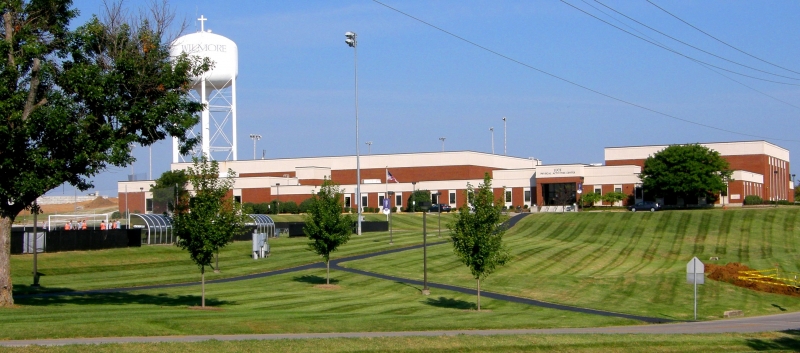
The Luce Physical Activities Center opened in 1993, a crucial step in allowing Asbury University athletes to participate in intercollegiate sports. It was named in honor of George and Willouise Luce, both of whom were former students of Asbury and served on the Board of Trustees. Mr. Luce was former Chairman of both the Blue Bird Bus Company and the Asbury College Board of Trustees. The building houses three full-size basketball courts, a swimming pool, racquetball courts, indoor track, weight room, auxiliary room, and classrooms. It’s surrounded by baseball, softball, soccer, tennis and intramural fields.

The Johnson Building was built in 1964 to accommodate a growing student body and was named in honor of Asbury College president Z.T. Johnson and his wife Sarah. The building houses the student cafeteria, the Daugherty and Gray dining Rooms, Z.T.’s Bistro and the Asbury Art Gallery where student, faculty and alumni creative work is displayed.
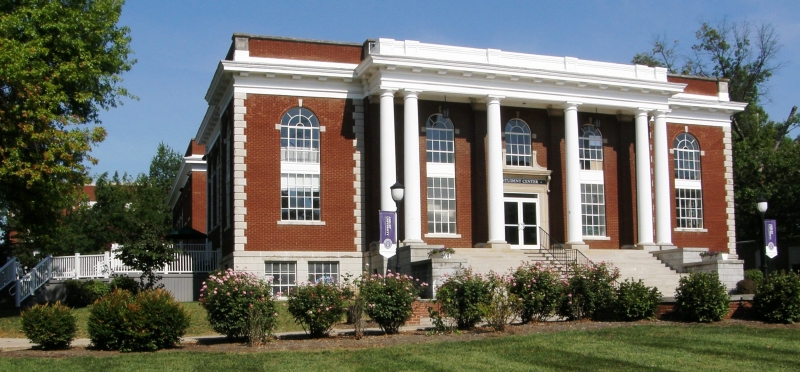
The Asbury University Student Center – known as “The Stuce” – is in the center of campus. Student government offices, sitting areas, game areas and a coffee shop (The Hiccup Café) are included. A variety of student programming is held in this popular space. The building was originally the Morrison Library, built in 1927 and named in honor of Dr. Henry Clay Morrison, past and future president of Asbury College. (The library had previously been housed in the attic of the Administration Building.) The library was expanded in 1958, and the new wing was named in honor of Jay B. Kenyon, Asbury College class of 1908, science professor, and long-time Dean of Students. He was also the first recipient of Asbury’s “A” Award for alumni recognition. When the Kinlaw Library opened in 2001, the Morrison-Kenyon Library sat vacant for several years. Extensive remodeling revitalized this historic space and the building re-opened again in 2007 as the new Asbury University Student Center. The Campus Post Office and Eagle Outlet Student Store are located in the basement.
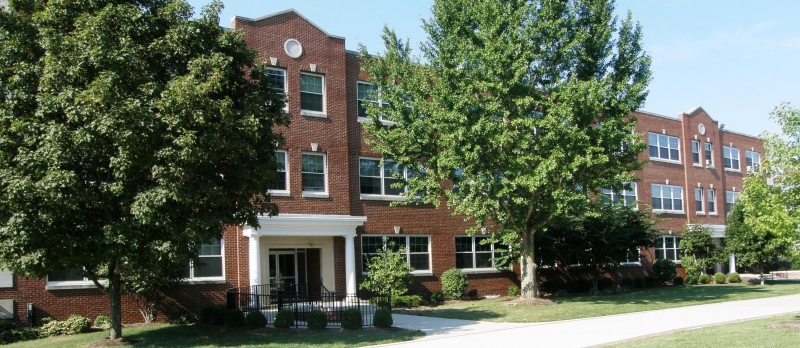
The Science Building was built in 1963, and it was dedicated and named in 1978 in honor of two long-time professors at Asbury College, Dr. Cecil Hamann and Dr. J. Paul Ray, who began teaching in 1946 and 1947 respectively. They served together in the science department at the college for four decades. The exterior of the building was remodeled in 2005.

The Fine Arts building on the campus of Asbury University was completed in 1962, and in 1972 it was dedicated and named in honor of Dr. Sollie McCreless class of 1929 and his wife Lilla Marr McCreless class of 1928. Dr. McCreless was a Texas insurance broker and served as chairman of the Asbury College Board of Trustees from 1950-78. Akers Auditorium was built on one end of the complex and named for Lewis R. Akers, Asbury College’s 7th President (1925-33) and an alumnus of the Class of 1903. In Akers, the Eda Jameson Recital Hall was dedicated in 2018.
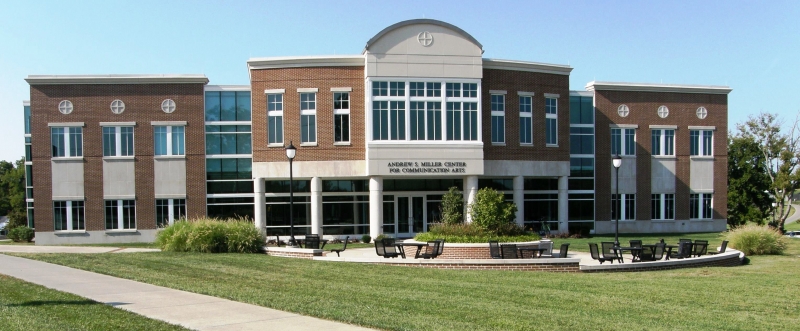
Named in honor of alumnus and former Board of Trustees member Andrew S. Miller, the Miller Center for Communication Arts was built in 2010, and features a 6,050 square foot television studio, additional labs, training areas, and a 5,122 square foot blackbox theatre. The building serves to provide a more realistic atmosphere for students planning to work in communication industries.
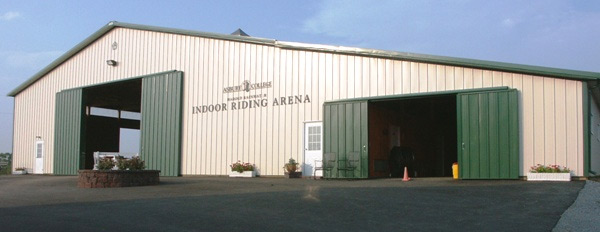
Located on more than 350 acres next to the beautiful Kentucky Palisades, the Asbury Equine Center has an indoor arena containing a 72 x 180 foot riding area, 14 stalls and space to add more, an office, classrooms, a meeting room, tack rooms, storage space, and restrooms. In addition to several new structures, a new 20-stall boarder barn for students with horses, hay barns and an outdoor riding arena, the original black barn (from the 1950s) is still utilized with its 11 stalls, hay loft and a tack room for boarders.
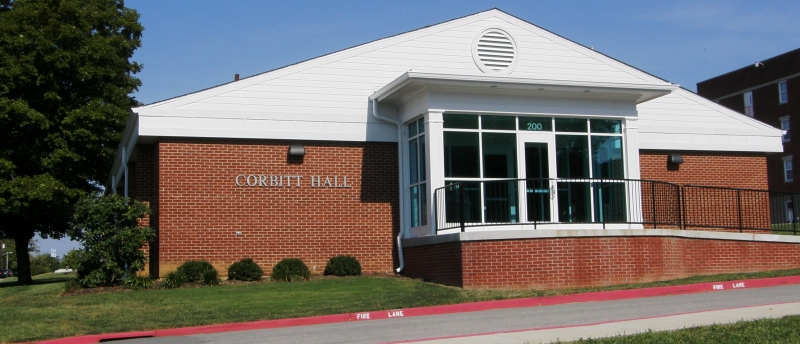
Corbitt Hall, built in 1978 as a men’s residence hall, was named after Drs. Duvon and Roberta Day Corbitt. The Corbitts served as missionaries in Cuba for the better part of two decades before spending nearly three decades as professors at Asbury. While working at Asbury, the Corbitts helped found the People’s Mission to the Cherokee Indians in Robinsville, North Carolina, and the Wildwood Chapel Mission in Powell County, Kentucky. In 1984 Corbitt Hall was reappropriated to house Asbury College’s Media Communication department, which “survived” in this compact space until the Miller Building brought all areas of the School of Communication Arts together under one roof. Recently the building was gutted and completely re-designed to meet the needs of Adult & Online Learning. Corbitt Hall now serves as the home for Admissions.
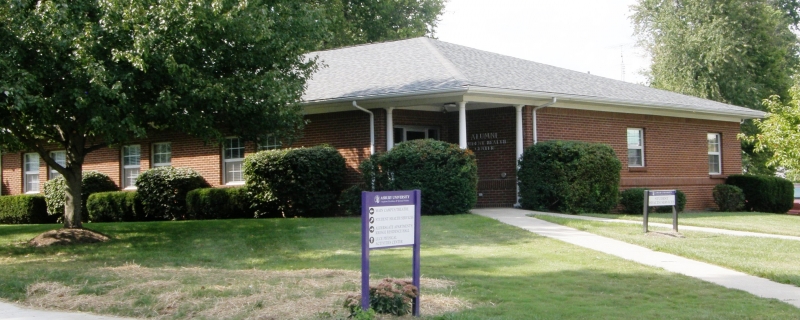
The campus clinic was dedicated in 1992. This project, remodeled from an existing house, was a fundraising project of the Asbury College Alumni Association.

The original Asbury College building, built in 1890, was constructed like a two-story wooden box, divided into four rooms. In 1951, this historic building was taken from the original campus site near the present day United Methodist Church property, and relocated to the current Asbury University campus.
Residence Halls

When Asbury College relocated to its current site on the old Bellevue College campus, one of the existing buildings was the Scott family homestead. That building was expanded in 1918 and named Mary Crawford Hall after a donor from Georgia. In 1921, Lizzie Glide Hall was built alongside Crawford Hall with a generous donation from Lizzie Glide, a cattle and oil millionaire from San Francisco. Glide and Crawford Halls were destroyed in a fire in April 1924, and the current Glide-Crawford Hall was constructed in their place and opened for residents in the Fall of 1924. The connecting front hall is named Putman Hall in honor of two sisters who were donors. Read more about the Glide-Crawford Fire here.
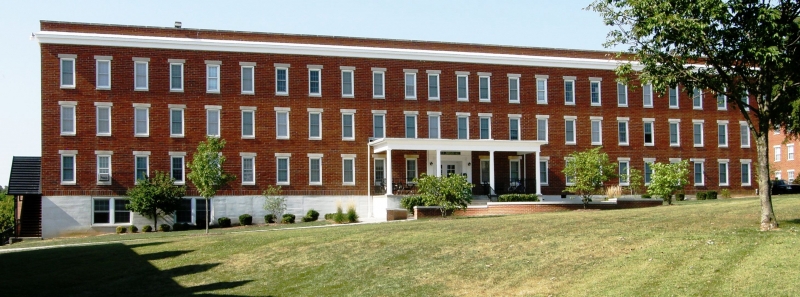
The Johnson Men’s Residence Hall, named in honor of Asbury College President, Dr. Z.T. Johnson, was built in three stages. The Main Wing was constructed in 1947 and the East and West Wings in 1954. The building was remodeled to connect the wings into one complex in 1986. The first floor on the East Wing (which contains four floors compared to the other wings’ three) once housed the Sarah Johnson Guest House; it now houses one floor of women’s rooms unconnected to the remainder of the residence hall, which is still used as men’s housing.

The Trustees Men’s Residence Hall, named in honor of the Board of Trustees, was also built in stages. The Main Wing was built in 1959, and the East Wing was added in 1965. It too was remodeled to connect the wings into one complex in 1986.
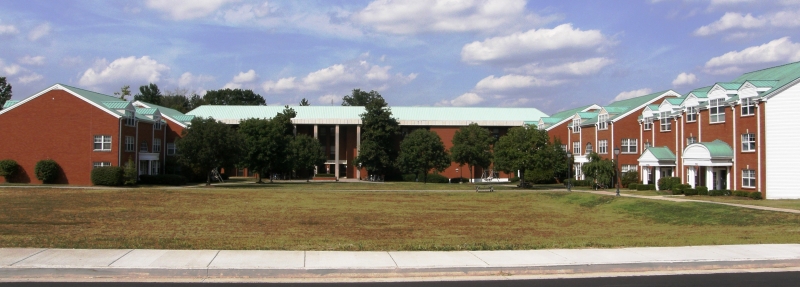
Kresge Hall was completed in 1973 as the newest of Asbury College’s residence halls. It was named after Dorothy Kresge, the wife of philanthropist S.S. Kresge, the founder of the K-Mart department stores.

Aldersgate Commons was built in 1996, consisting of four apartment-style residence halls. The Davis, Fisher, Thacker and Eddy houses contain two-bedroom, four-person apartments. In 2001, Howell and Pike houses were added as “living and learning communities” housing eight students in each suite. The name “Aldersgate” refers to Aldersgate Street in London where in 1738 John Wesley experienced a spiritual awakening at a Moravian meeting in which he felt his “heart strangely warmed”. Read more about the Aldersgate Apartments and their namesakes here.
Buildings No Longer Standing

The Fletcher-Early Student Development Center had its beginnings as Fletcher Hall, a four-story men’s residence hall built in 1921. It was named after John Fletcher, an early Methodist minister in 18th-century England and colleague of John Wesley. After serving over 50 years as a residence hall first for men and later for women, in 1983 the building was remodeled as a two-story building that housed the Student Life office, including Spiritual Life, Residence Life, Career Services, and the Counseling Services. After the renovation, the name Early was added in honor of John L. Early, an alumnus of the Class of 1917 who distinguished himself in the legal profession and served many years as mayor of Sarasota, Fla. Fletcher-Early was demolished in July 2020, making way for the new Collaborative Learning Center.

The Doddridge-Holland Student Union was dedicated in 1952 (and came down in January 2015, making way for the new Collaborative Learning Center), housing a gymnasium and pool on the main floor and the CPO and Bookstore in the lower floor. It was named in honor of William and Eathel Doddridge Holland, who met and married while professors of religion and English, respectively, at Asbury. After the Luce Center was built, the main floor was used as a theater, while the Campus Post Office and Bookstore continued to be housed in the lower level.
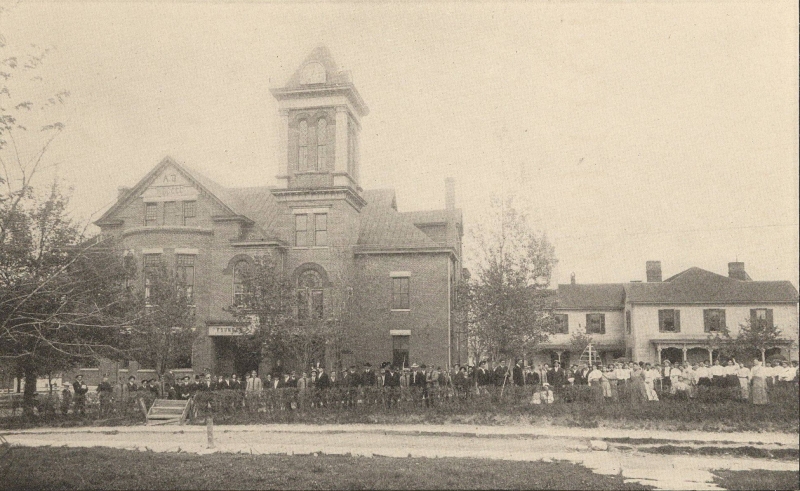
John Wesley Hughes had a new brick administration building constructed in 1900 on the original Asbury College campus. Within the cornerstone of this building was a stone from the ruins of Bethel Academy, the school founded by Francis Asbury in the area in 1790. The building housed most of the college program, including a laboratory, library, president’s office, reading rooms, classrooms, a large auditorium, gymnasium, recitation rooms and the museum. The building was completely destroyed in a fire in 1909. Read more about the old campus and the 1909 fire here.

Wesley Hall, named for preacher and theologian John Wesley, was built as a men’s residence hall in 1910 when Asbury College moved to its current location on the Bellevue Campus. It was originally built out of white pressed brick, but the bricks were painted red in 1944 to match the other buildings on campus. Wesley Hall was demolished in the summer of 2004.

This building began in 1917 as the gymnasium. It was located in the middle of campus between the Morrison-Kenyon Library and Johnson Main Residence Hall on the ends, and Wesley Hall and Hughes Auditorium on the sides. It was refitted in 1953 to house the Science Department, which was still operating in the Administration Building. In 1963 it was reappropriated again as the Education and Psychology Building. The building was demolished in 1989 to make way for Reasoner Hall.

The first stand-alone Dining Hall built on Asbury’s new campus was constructed in 1920 to accommodate a growing student body. It was damaged in the 1924 Fire, but continued in use until it was demolished to make way for the new Johnson Cafeteria in 1964.